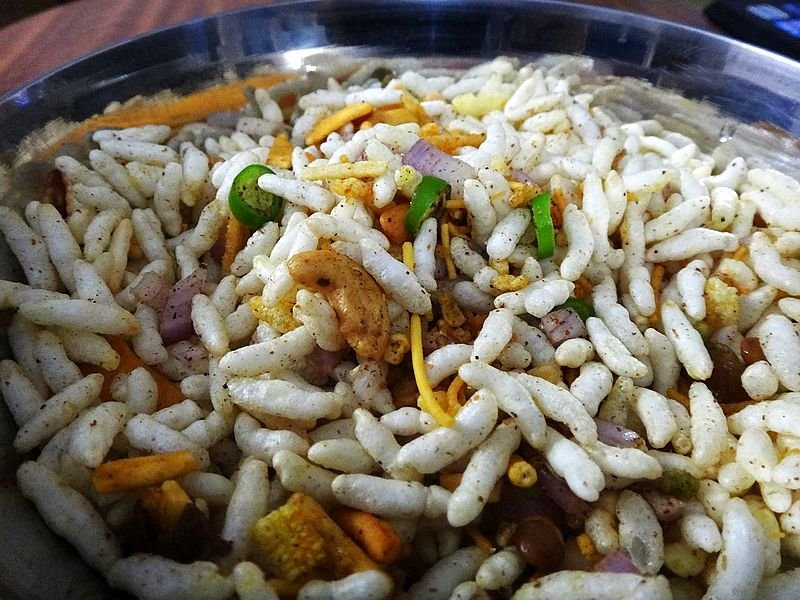Jhalmuri
Jhalmuri, a beloved street food in Bengal, has a rich and evolving history that mirrors the changing tastes and cultural dynamics of the region. This spicy and tangy snack, composed of puffed rice, spices, and various ingredients, has deep roots in Bengali culinary tradition. Jhalmuri's origins can be traced back to the late 19th century when it was introduced as a popular street food snack. It was initially a straightforward mixture of puffed rice, mustard oil, spices, and a few chopped ingredients.
One significant shift in the evolution of Jhalmuri is the inclusion of a wider range of ingredients. While the basic recipe remains intact, variations of Jhalmuri now feature chopped vegetables like cucumbers, tomatoes, and green chilies, as well as ingredients such as boiled peanuts, fried lentil noodles (sev), and roasted gram (bhujia). These additions add both flavor and texture to the dish, making it more satisfying and nutritious.
The condiments and spices used in Jhalmuri have also evolved. While traditional recipes relied on mustard oil and a simple mix of spices, modern versions may include tamarind chutney, chaat masala, and even soy sauce, reflecting the influence of global flavors on Bengali street food. Jhalmuri's evolution is not only about taste but also its cultural significance.
The evolution of Jhalmuri illustrates how street food adapts and thrives in response to changing times and influences. It continues to be a beloved snack, loved not only for its spicy and tangy flavors but also for its ability to connect people and generations, bridging the past and the present in the bustling streets of Bengal.















